The Complete Guide to Diving Port Moresby... What you need to know to plan your trip to (or through) the capital of Papua New Guinea. Simply stated, Port Moresby has a terrible reputation… It is regularly rated as one of the more dangerous cities in the world! But is it really the near-death experience it seems? Should you even be considering going there? Or is the wiser to simply avoid it like the plague?
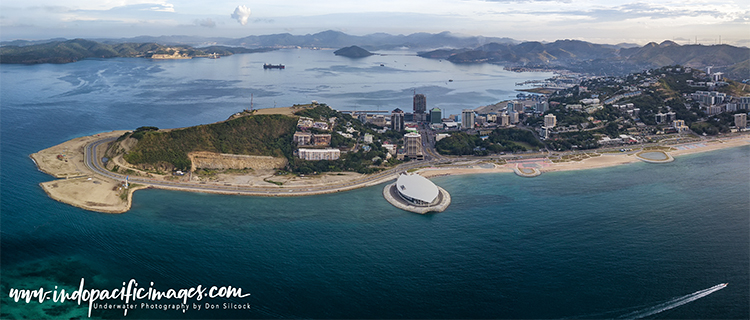
For sure Port Moresby is definitely not for everybody. But it is the main (and currently only) international gateway in to Papua New Guinea.
Therefore if you want to experience what the country has to offer, both above and below the water, there is really no choice but to go there.
So your options are to try and transit through Port Morseby as quickly as possible.
Or make the most of the situation and sample the surprisingly good diving to be had around Port Moresby!
The question I get asked most is “is it safe to go to Papua New Guinea“… So much so that I have written a whole section called Understanding Papua New Guinea to help people better understand both the country and the risks. For what it is worth, my opinion is that the risks associated with Port Moresby can be managed safely with some common sense and a degree of caution.
The sections below describe specific aspects, areas and dive sites of Port Moresby. Please use the links provided to explore the Complete Guide to Diving Port Moresby and learn a bit more about the capital of PNG. If you don’t find what you are looking for I am good to answer questions through the Contact page. But please read the content first….
[one-third-first]
Diving Port Moresby
Port Moresby is usually completely overlooked by divers passing through on their way to Milne Bay, Kimbe Bay or Kavieng.
But contrary to what you might expect so close to a capital city, there really is some very good diving in the Moresby area – Read more…
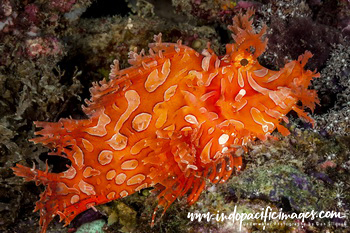
[/one-third-first][one-third]
Port Moresby Dive Sites
While there are dive sites in the city’s Fairfax Harbor, the best diving is on the offshore Sinavi and Nateara and sunken barrier reefs.
Those offshore sites offer some tremendous diving. And which, in the right conditions, can rival the best sites in PNG – Read more…

[/one-third][one-third]
Pacific Gas – The History
On a good day, with the right conditions, the Pacific Gas is absolutely one of the very best wreck dives in Papua New Guinea.
The ship started its life as the MS Nanayo Maru in 1967. And ended when it was scuttled on the sunken barrier reef in 1986 – Read more…
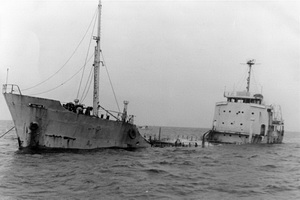
[/one-third][one-third-first]
Diving the Pacific Gas
The wreck of the Pacific Gas sits on the slope of the sunken barrier reef. Its bow is in 18m of water, while the stern is down deep at 43m
The dive starts at the bow with a descent on the mooring line. And from there you can make your way to the wheelhouse – Read more…

[/one-third-first][one-third]
Loloata Dive Resort
Loloata is somewhat of an institution in Port Moresby. And has been an integral part of the local expatriate scene since the 1970’s.
But its days as a laid-back dive resort are over. As it was sold in 2016 and fully redeveloped as a “private island resort” – Read more…

[/one-third][one-third]
Port Moresby 101
The capital city of PNG and the main gateway in to the country is located on a spectacular headland that faces out in to Gulf of Papua.
The city has a real image problem with a terrible reputation as a violent and dangerous place. But what is the reality – Read more…
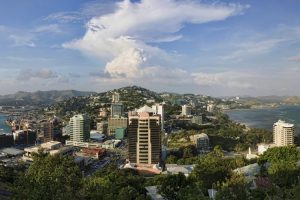
[/one-third][one-third-first]
Transit in Port Moresby
As the only international gateway in to the country, you have no choice and must to transit through Port Moresby when traveling to PNG.
Transferring to the domestic terminal seems a bit stressful. But it is actually only a 5 minute walk and quite straightforward – Read more…
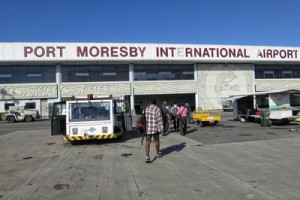
[/one-third-first][one-third]
Where to Stay?
Where to stay in Port Moresby used to be a a really tough question. Accommodation options were quite limited and also very expensive.
Things have improved significantly. But generally accommodation is expensive and sometimes it is unbelievably so – Read more…
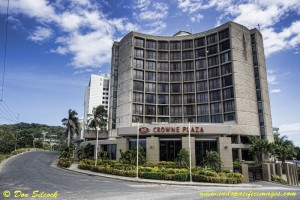
[/one-third][one-third]
Things to do in Moresby
Contrary to what its bad reputation may suggest. There are actually some good things to do in Moresby if you are staying over there.
The National Parliament, Botanic Gardens and the National Museum are well worth a visit. As are some of the local markets – Read more…
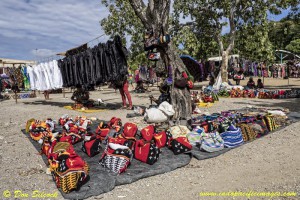
[/one-third][one-third-first]
Back To: The Complete Guide to Diving Papua New Guinea
